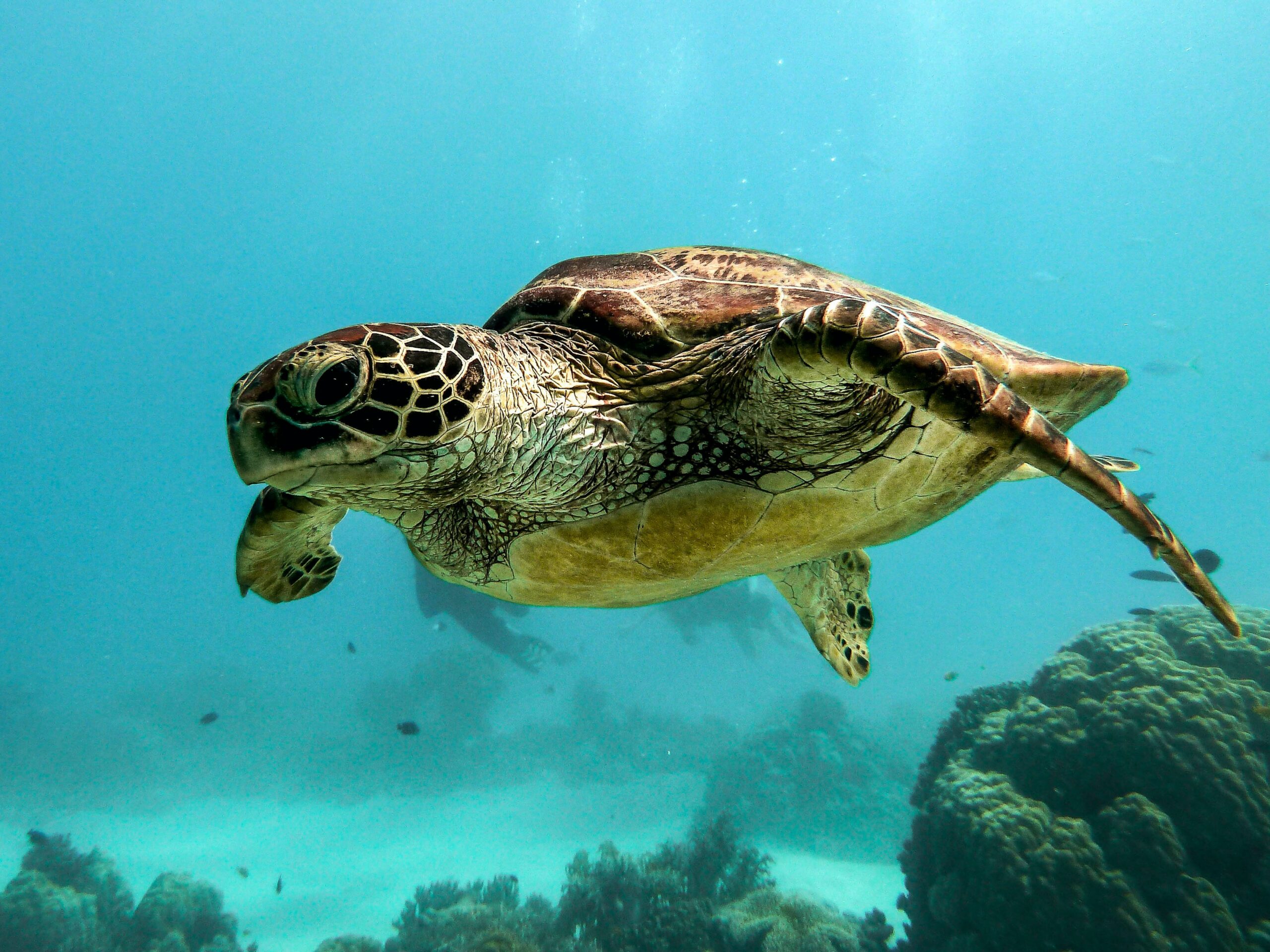Turtles are a diverse group of reptiles known for their distinctive bony or cartilaginous shells, which act as a shield for their bodies. Belonging to the order Testudines, turtles are one of the oldest reptile groups, with a fossil history dating back to the time of the dinosaurs, over 200 million years ago. This longevity speaks to their successful adaptation and evolution through various environmental changes.
Turtles have a wide geographical distribution, found on every continent except Antarctica. They play essential roles in their ecosystems, such as controlling aquatic vegetation, dispersing seeds, and maintaining healthy marine environments, particularly in the case of sea turtles.
Despite their resilient nature, many turtle species are now threatened or endangered due to habitat destruction, pollution, climate change, and poaching. Their slow reproductive rates further exacerbate their vulnerability to these threats.
Characterized by their slow movement on land, turtles are also renowned for their longevity, with some species known to live for over a century. This long lifespan, combined with their unique physiological and ecological traits, makes turtles a fascinating subject of study in the animal kingdom and highlights the importance of their conservation
Types of Turtles:
There are numerous species of turtles, broadly categorized into two groups: tortoises, which are land-dwelling, and turtles, which are primarily adapted to life in water. Tortoises are found in various terrestrial habitats, from deserts to rainforests, while aquatic turtles inhabit a range of environments including oceans, rivers, and lakes. Sea turtles, a distinct group, spend most of their lives in the ocean, only coming ashore to lay eggs.
Turtles encompass a wide variety of species, each possessing its own characteristics and habitat preferences. While there are numerous turtle species, let’s take a look at some of the most popular types of turtles:
Red-Eared Slider:
- The red-eared slider is a popular pet turtle and is often found in ponds and lakes. They are known for the distinctive red patch behind each eye and their ability to slide off rocks and logs into the water.
Green Sea Turtle:
- Green sea turtles are known for their incredible migratory abilities. They inhabit tropical and subtropical oceans and are characterized by their streamlined shells and herbivorous diet, primarily consisting of seagrasses and algae.
Box Turtle:
- Box turtles are terrestrial turtles found in forests and grasslands. They have a hinged shell that allows them to retract their body fully for protection. These turtles have a long lifespan and can live for several decades.
Leatherback Sea Turtle:
- The leatherback sea turtle is the largest species of turtle, capable of reaching impressive sizes. They have a unique shell structure made of flexible cartilage instead of hard plates, allowing them to dive to great depths in search of their favorite prey: jellyfish.
Summary
Turtles are extraordinary creatures that have thrived on Earth for centuries. Their ability to adapt to different environments, their remarkable lifespans, and their renowned reproductive challenges make them truly remarkable.
As we continue to explore and appreciate the animal kingdom and wonders of the natural world, let us celebrate the presence of these magnificent shelled beings, ensuring their conservation for generations to come.






























































